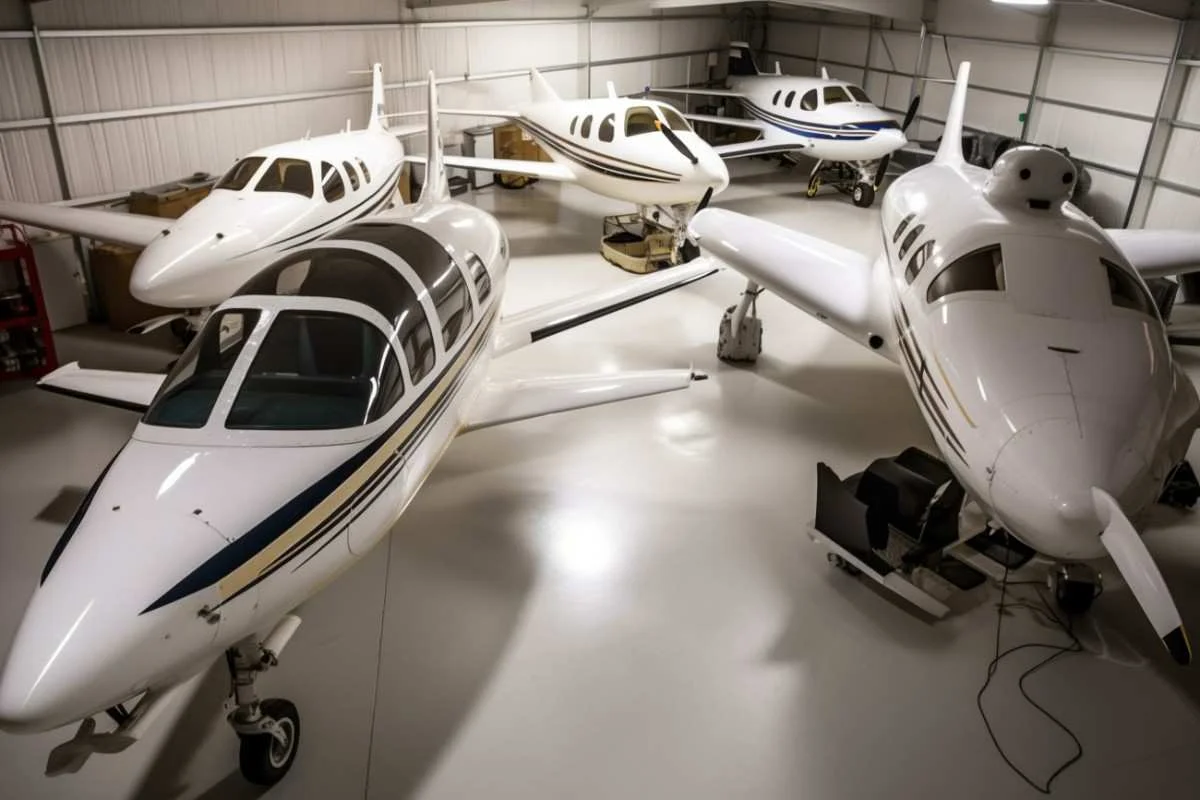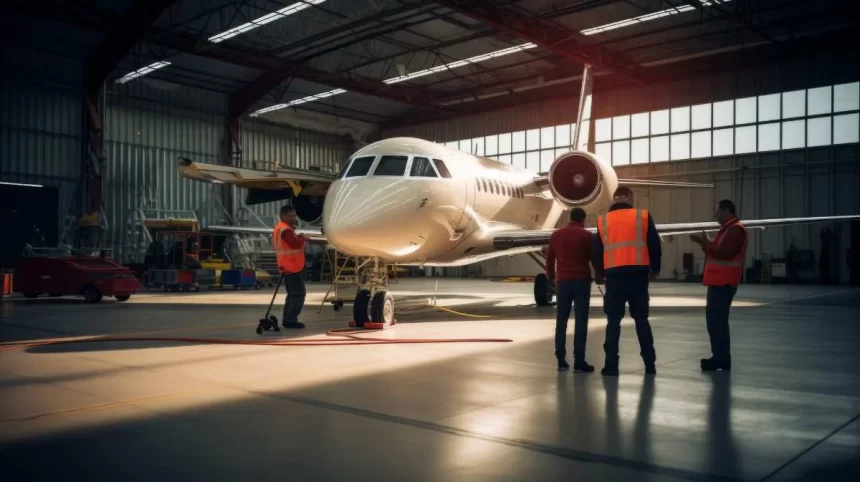Choosing the right aircraft hangar is a crucial decision for any aviation operation. Whether you’re a private owner, a commercial operator, or part of a governmental agency, the hangar you select will impact your operations, maintenance costs, and the safety of your aircraft. To ensure you make the best choice, it’s essential to take into account several key factors before investing in a hangar.
Here are nine key considerations to keep in mind:
- Size and Capacity
Determining your hangar’s correct size and capacity is critical, not just for your current aircraft fleet but also for potential future expansions. This involves considering the number and types of aircraft you own or intend to acquire and the space needed for maintenance, repairs, and storage of additional equipment. The hangar should also offer adequate height clearance for a range of aircraft, including larger or specialized models.
- Construction Material and Design
Hangars come in varying constructions, from metal to fabric and beyond. The material and design of the hangar will impact its durability, longevity, and suitability for your needs. Opt for materials that offer resistance to corrosion and environmental factors, ensuring the structural integrity of the hangar over time.
This is especially true for a military hangar, which has to be erected in some of the riskiest environments in the world. Easy assembly and deployment are also aspects worth looking into. So, choosing a provider that offers such resilient structures is crucial.
Explore customization options to tailor the hangar to your specific requirements, such as insulation, ventilation systems, and lighting. The structure must withstand heavy storm conditions in a high wind or snow area. Additionally, ensure that the hangar complies with local building codes and regulations to avoid legal or safety issues.

- Location
The location of your aircraft hangar is paramount for several reasons:
- Proximity to your operational base or preferred airport is vital for convenience and efficiency. Consider the distance your aircraft will need to travel for routine maintenance, refueling, or pre-flight checks.
- Assess the location’s accessibility to transportation networks, ensuring ease of access for personnel and equipment.
- Factor in local weather conditions and climate, as these can affect the durability of your hangar and the safety of your aircraft during extreme weather events.
This is particularly crucial if your operations involve frequent trips to Miami. Access to reliable transportation such as Miami airport limo services can significantly streamline logistics, ensuring that your hangar’s location facilitates convenient connections for your team and equipment.
- Security Features
Security is vital when it comes to protecting your valuable aircraft and equipment. Look for hangars with robust security features, including access control systems, surveillance cameras, and monitoring equipment. Set up access through gate codes and key cards. You can also install motion sensors and breach detectors to trigger alarms, alerting you and authorities of intruders.
In addition, consider investing in fire suppression and prevention measures to mitigate the risk of fire-related incidents. Evaluate the availability of security personnel or services to provide additional protection and peace of mind.
- Maintenance and Operating Costs
While the initial investment in a hangar is significant, it’s essential to consider the maintenance and operating costs over the long haul. Choose a hangar that balances upfront costs and long-term savings regarding energy efficiency, insulation, and maintenance requirements. Opt for energy-efficient lighting and heating systems to reduce utility expenses and minimize environmental impact.
- Amenities and Facilities
The amenities and facilities offered by the hangar can enhance the efficiency and comfort of your operations. Look for hangars providing office space and staff amenities, including restrooms, lounge areas, and kitchen facilities. Consider the availability of storage facilities for spare parts, equipment, and personal belongings, ensuring everything you need is readily accessible.
- Future Expansion and Flexibility
Flexibility and scalability are essential considerations, especially if you anticipate growth or changes in your operations. Choose a hangar with a modular design that allows for easy expansion or modification as your needs evolve. Ensure it can adapt to aircraft sizes, configurations, or technological advancements without significantly disrupting your operations.
- Environmental Considerations
As environmental awareness increases, so does choosing an environmentally friendly hangar. Look for one with sustainability features such as energy-efficient lighting, heating, and cooling systems. Consider recycling and waste management options to minimize your environmental footprint and comply with regulatory requirements.
- Insurance and Legal Considerations
Before finalizing your decision, consider the insurance and legal aspects of owning or leasing a hangar. Ensure you have adequate insurance coverage for your aircraft, equipment, and personnel, considering any specific requirements or risks associated with your operation. Review lease agreements or property rights to understand your rights and responsibilities as a hangar owner or tenant.
The Takeaways
Selecting a suitable aircraft hangar requires careful consideration of various factors, including size, location, construction, security, costs, amenities, flexibility, environmental impact, and legal concerns. By thoroughly evaluating these key factors and seeking advice from experts in the field, you can arrive at a well-informed decision that meets your operational needs, budget constraints, and long-term objectives. Remember, the hangar you choose will play a significant role in the success and safety of your aviation operations for years to come.










